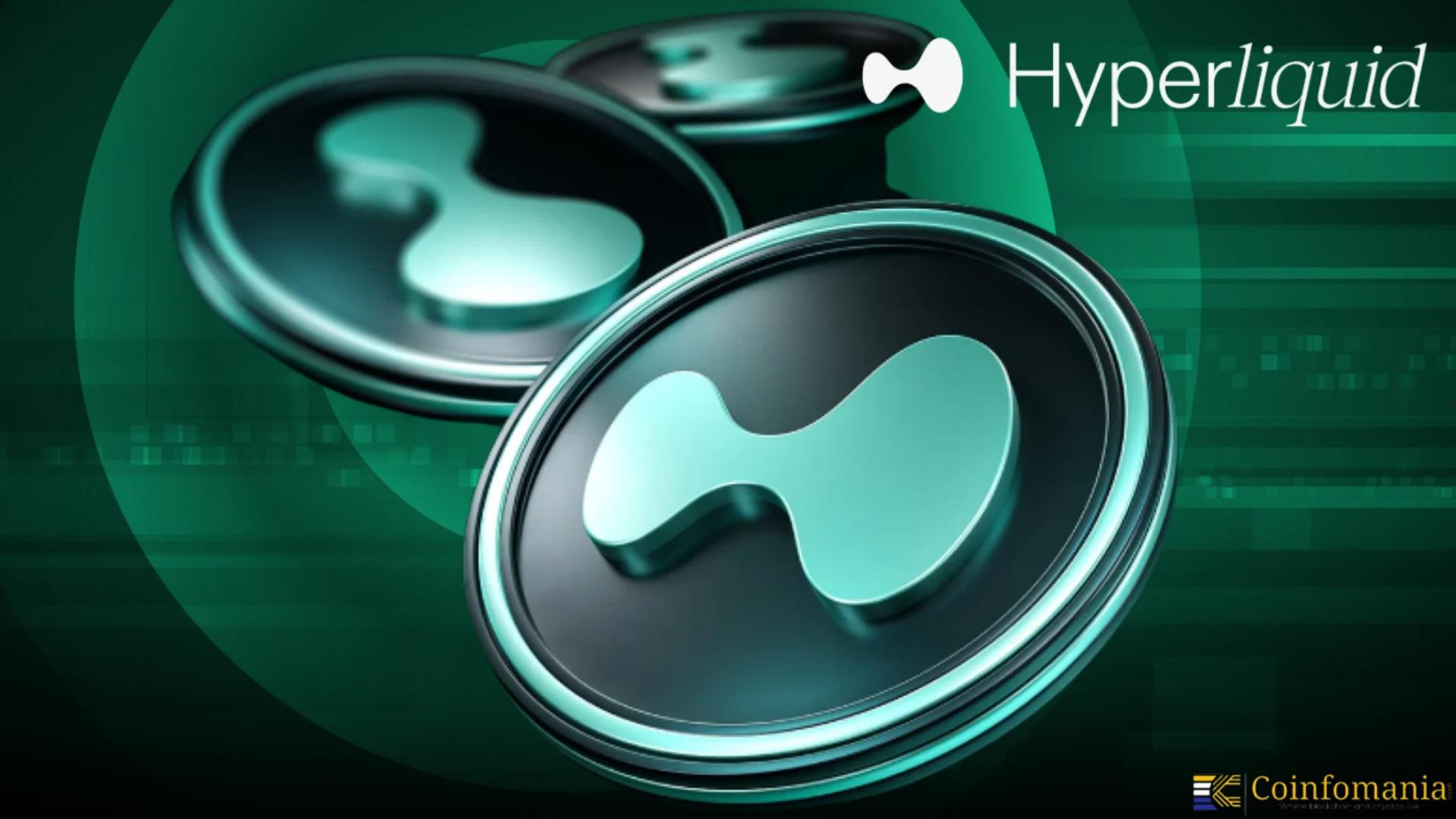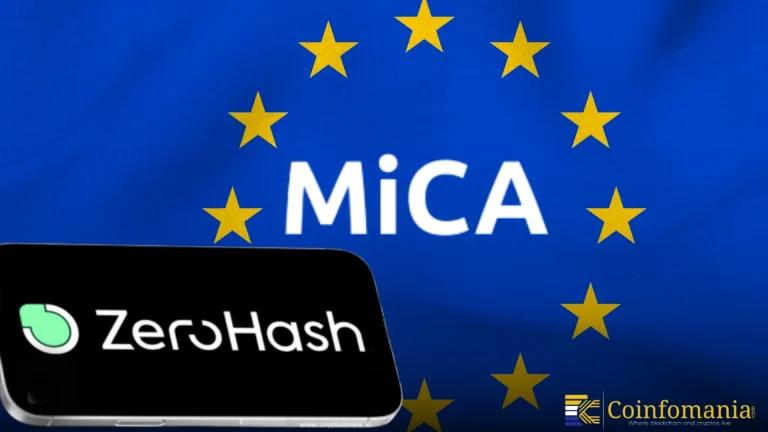Hyperliquid USDH Stablecoin Launch Redefines DeFi Power
Hyperliquid’s stablecoin launch could shift DeFi power with USDH and $220M revenue potential, directly challenging Circle’s dominance.

Quick Take
Summary is AI generated, newsroom reviewed.
Hyperliquid stablecoin launch could generate $220 million annualized revenue
USDH governance relies on validator voting instead of centralized issuers
HYPE token rose after stablecoin launch news and strong revenue growth
USDH competes with Circle while expanding compliant but permissionless design
Validator concerns and token unlock risks may test USDH market stability
Hyperliquid is preparing for a stablecoin launch that could change the dynamics of DeFi economics. The platform already holds 7.5 percent of all USDC in circulation. If those deposits migrate into USDH, the new token could generate about $220 million in annualized revenue for HYPE token holders. That is a 17 percent revenue opportunity. At the same time, Circle would lose the same $220 million, along with about 7 percent of its total USDC supply. The shift directly challenges existing stablecoin market dominance.
Validator Voting Model for USDH Governance
A central issuer will not introduce USDH. Instead, it relies on validator voting. Teams submit proposals, validators approve or reject them, and the winning group must then win a gas auction to finalize deployment. This process is meant to make the launch transparent and community-driven. It sets USDH apart from centralized models and makes governance a core feature rather than an afterthought.
Market Reaction and HYPE Token Growth
The market has already reacted. HYPE gained 3 percent on the announcement, reaching $47. Over the past six months, the token has risen more than 200 percent. That momentum is built on real numbers. Hyperliquid reported $106 million in revenue for August, up from $86.6 million in July. Trading volume was nearly $400 billion for the month, pushing cumulative activity since launch past $2 trillion. The platform processes more than $8 billion in daily trading and controls 70 percent of decentralized perpetuals volume. A stablecoin launch from that position of strength feels like a calculated move rather than a speculative one.
Stablecoin Ecosystem Comparisons and Growth Potential
MakerDAO’s DAI, Aave’s GHO, and Curve’s experiments with low-fee stablecoin trading all prove that native stablecoins can lock in value for their ecosystems. USDH follows this path but pairs it with validator voting and Hyperliquid’s scale. Arthur Hayes has projected the stablecoin market could grow to $10 trillion by 2028. If Hyperliquid secures even a quarter of the future trading volume, HYPE could see exponential upside. For now, the stablecoin launch signals intent to capture more of that growth instead of sharing it with external issuers.
With the GENIUS Act pushing for stricter oversight, Hyperliquid is presenting USDH as a compliant but permissionless option. Unlike USDC, which can be frozen, USDH is designed to support unrestricted activity within the platform while still aligning with governance and risk frameworks. That positioning suggests Hyperliquid wants to build legitimacy while expanding control over its economics.
Validator Concerns and Token Stability Risks
Some validators have raised concerns about the credibility of certain deployer addresses, including ones created just hours before the proposal went public. Token unlocks later this year may also test price stability despite aggressive buybacks. Hyperliquid is cutting spot trading fees by 80 percent and offering stronger rebates, but sustaining that approach depends on whether higher activity offsets lost revenue. The validator voting model itself will only build trust if it avoids capture or manipulation.
Hyperliquid is not just adding a token. It is trying to change how stablecoins are launched, governed, and integrated into trading platforms. The validator voting approach could become a reference point for other decentralized platforms, especially if it proves resilient. With trading volume already in the trillions and a strong base of liquidity, Hyperliquid has a chance to not only compete with Circle but reshape the economics of stablecoins in DeFi.
Follow us on Google News
Get the latest crypto insights and updates.
Related Posts

Zerohash MiCA Licence: Europe’s First Regulated Stablecoin Firm
Hanan Zuhry
Author

Ethereum ETFs Record $15.97M Inflows: Grayscale Leads with $56.05M Boost
Triparna Baishnab
Author

Balancer Hacked for Over $100 Million — Forked Projects Also Under Attack
Triparna Baishnab
Author